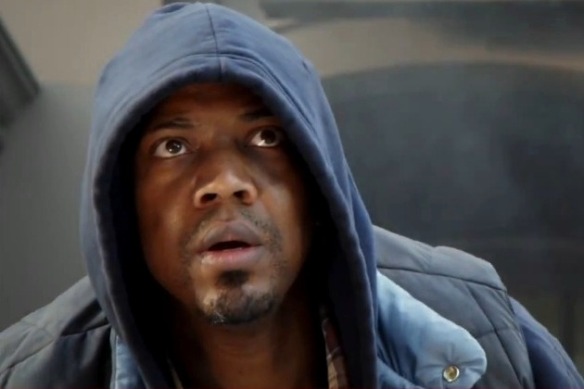 With excitement building for the Wonder Woman reboot this fall, I thought it would be a good time to take a look at some other DC Comics heroines, the ladies of 2002’s Birds of Prey.
With excitement building for the Wonder Woman reboot this fall, I thought it would be a good time to take a look at some other DC Comics heroines, the ladies of 2002’s Birds of Prey.
In a nutshell, a blonde, a brunette and a redhead live together looking hot and fighting crime. The pilot is the story of how they got together. The show, or at least the pilot can be appreciated at face value, if the viewer has no previous knowledge of the characters. It could even be accused of ripping off Charmed, with its story of three powerful women joining forces and a suspicious cop on their trail. But there is ton of back story—at least 40 years worth of comic book lore.
Alfred, of Batman fame, narrates the opening. The story is set in New Gotham, and Batman has disappeared from its crime-ridden streets. The voiceover lends a storybook feeling, a bit like the tone of Pushing Daisies.
Barbara Gordon (Dina Meyer), formerly Batgirl, is confined to a wheelchair since The Joker shot her. She now lives in a clock tower—a set that looks like the same one Smallville used—surrounded by computers. By day she works as a school teacher. Living with her is Helena (Ashley Scott), the daughter of Batman and Catwoman. She was raised by her mother, killed by a henchman of The Joker while her daughter stood by, helpless. She has grown up to be The Huntress, a hero who runs across building tops by night, fighting crime while The Oracle oversees from her tower. In the comic world, The Huntress had completely different
origins, but did turn to heroism following the murder of her parents. (This according to The DC Comics Encyclopedia.)
As these two women experienced their personal tragedies, a third girl dreamt their pain. She is now teenage Dinah (Rachel Skarsten), and she has travelled to New Gotham to seek out the women from her dreams. On her way to find them, she witnesses a man being hit by a bus. She runs to his side and, when she touches him, she sees a vision of him being attacked by rats. Her power, it seems, is the ability to share people’s thoughts or fears. The comic book Dinah became The Black Canary, though that name isn’t mentioned in the pilot.
The man’s death sparks the women’s investigation into a series of related murders disguised as suicides, which leads them to some dockyards and the lair of the killer. Among the three of them they get to combine supernatural, or metahuman powers of an X-man with the high tech gadgetry of Batman.
As the women investigate these deaths, the police are also on the case. Detective Jesse Reese (Shemar Moore) is one officer who believes that something bigger is happening beneat the surface. He’s the “the truth is out there” character of the show. Sums up what may be the message-of-show with the awkwardly worded adage, “Myths are just the truth a few generations later.”
Another significant introduction in this pilot is that of Helena’s psychiatrist, one Harleen Quinzel (Mia Sara – remember her, Sloane Peterson from Ferris Bueller’s Day Off?), whose name reveals that she’s an enemy-in-waiting.
With its roots in death and destruction, this pilot promises a fairly dark show. There are small doses of humor, with lines like, “This place is supposed to be a secret. That’s the whole point of a secret lair.” Barbara and Helena argue about lighter things, too, like being out of groceries. There’s also a quick Superman/Smallville reference: “There’s been some really weird stuff with meteor showers.”
This pilot does a nice job of tying together the episode plot with a longer-term plot, when Harleen interacts with the episode villain at the end. There’s both resolution and reason to keep watching.
UPDATE 2/17/2012: In case you’re a big fan of the Black Canary character, you may like to know that Katie Cassidy has been cast to play her in the forthcoming Green Arrow series on The CW. And, in case you haven’t been paying attention, that Wonder Woman reboot never happened, but I’ve since blogged about the pilot of the 1970s series.
 The latter is what interested me most. Even though we had a long stretch of Mike-less episodes, this season was very much Deathlok‘s origin story. In fact, Mike (J. August Richards) himself says that at minute 30. Continue reading
The latter is what interested me most. Even though we had a long stretch of Mike-less episodes, this season was very much Deathlok‘s origin story. In fact, Mike (J. August Richards) himself says that at minute 30. Continue reading 






